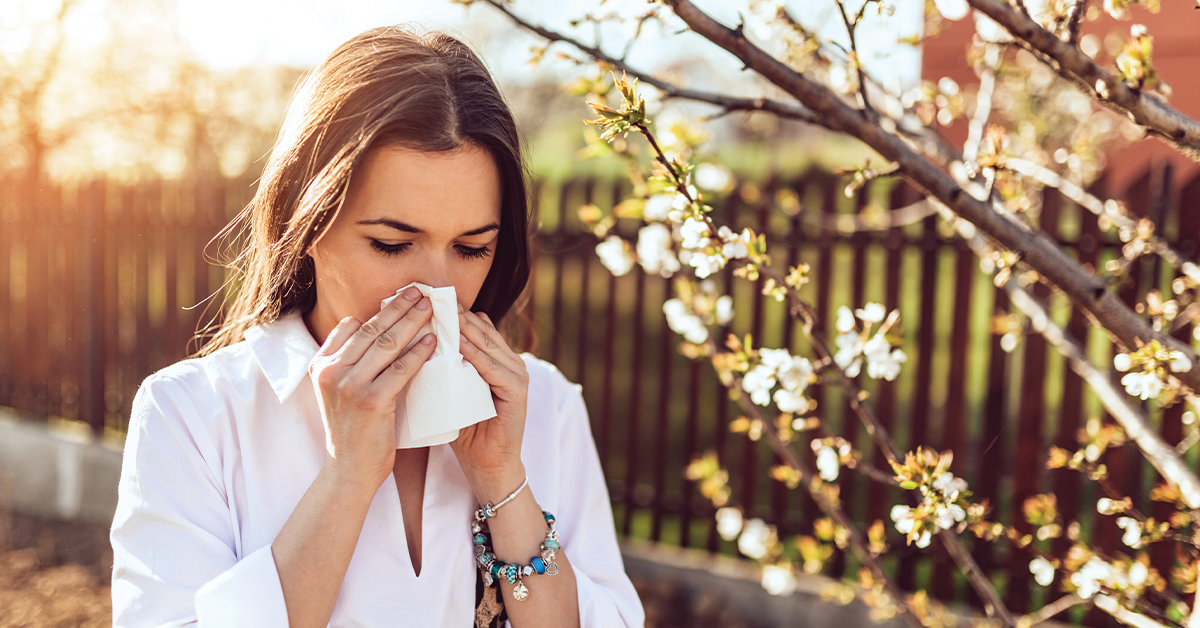Seasonal allergies occur when outdoor molds and plant pollens from weeds, grasses, and trees become active. This is known as “hay fever,” and typically occurs in the spring. Common symptoms include sneezing, a stuffy nose, and watery, itchy eyes.
While seasonal allergies are common, some people have symptoms that occur throughout the year due to perennial indoor allergens such as dust mites or pet dander. An allergy may develop later in life, or a person may discover it when they are exposed to a new allergen due to travel, a move, or a change in life circumstances. Some people are allergic to multiple things, while others may have asthma that is triggered by allergies.
If you have allergies, consider these steps for minimizing discomfort:
- Limit outdoor activities. If flowers, trees, or grasses cause an allergic reaction, stay inside and keep windows closed when vegetation is in bloom. Shower and wash your hair after spending time outdoors. An air conditioner or air filter will decrease allergens in an indoor space.
- Maintain your home heating and cooling system. Have your HVAC system cleaned annually and change filters as recommended. If you are sensitive to common indoor allergens, such as dust or pet dander, consider investing in an air purifier.
- Clean your house. Regular cleaning and vacuuming prevents allergens from building up inside your living space.
- Avoid smoke and other irritating fumes. If you are a smoker, consider quitting. Perfumes or colognes, hairspray, and other aerosol products may also cause an allergic reaction. If a particular product sets off your allergies, look for other options.
- Manage pet allergies. If you are sharing a house with a pet, brush and groom them regularly and use an anti-allergenic pet shampoo. Consider making your bedroom a pet-free zone.
If home and lifestyle adjustments do not improve your allergies, talk to your healthcare provider.
The above information is for educational purposes only and is not intended to take the place of medical advice.





